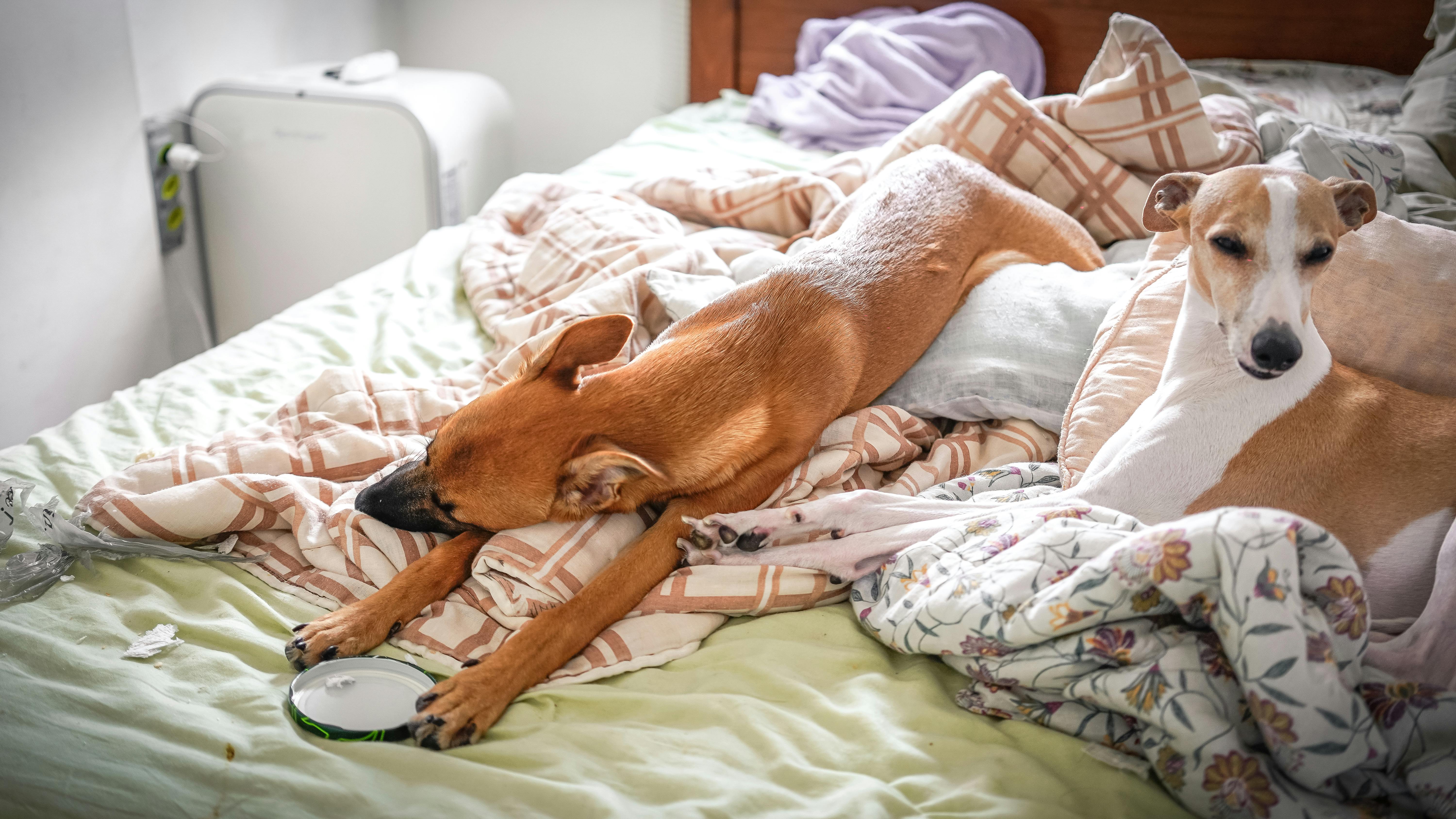Hair Loss In Women Over 40: What You Can Do About It
Everyone’s hair thins to some degree as we age. We are getting older, and so is our hair. Second act women’s number one complaint, after sagging skin, is thinning hair.
In the United States alone, more than 20 million women suffer from some form of “female pattern baldness.” Consequently, a big question in my chair is, “How can I make my hair look fuller?” Chances are, if you want volume (or height), you’ll need to raise your arms above your shoulders and spend some time creating it. Sometime is not an hour. One time is 15 to 20 minutes. When hair starts to thin, we often can’t rely on a good haircut alone. Hairdressers cannot simply reduce the “height” of your hair. To make thinning hair look thicker, both of us need to work together.
The most common cause of thinning hair in women is hereditary hair loss or androgenetic alopecia. In fact, 95 percent of all hair thinning in women can be attributed to hereditary hair loss. Few women have heard of this condition and even fewer realize that it may be the cause of their hair loss.
The word ‘alopecia’ is used to describe types of significant hair loss. Androgenetic alopecia describes hair loss caused by androgens, which are hormones present in everyone, male or female. Hormonal changes affect many things, including hereditary hair loss. Specifically, the key is your genetic sensitivity to the male hormone testosterone. Testosterone is converted into a more powerful hormone called dihydrotestosterone, which makes hair and sensitive follicles smaller.
Why hair thins
Normally, each of your hairs grows for two to seven years, takes a three-month “rest,” and then falls out to make room for new hair. But if you have a genetic predisposition to thinning hair, your hair follicles may become more sensitive to the male hormone testosterone sometime in your twenties or thirties, or even your teens. (It’s not that you make more testosterone than other women; the hormone just affects you differently.) Over time, your follicles shrink and may produce only finer, shorter, weaker hairs, or none at all. In some women, the process speeds up at menopause, when natural estrogen levels decline.
This is why you may notice short hairs that never seem to grow out, particularly around your hairline and midsection. You know the “little furry ones” you see on top of your head. One reason adding layers and texture helps create the illusion that those shags are supposed to be there, rather than weirdly shorter than the rest of the hair.
What can be done for thinning hair?
The three common methods of treating hair loss are medical, surgical, and cosmetic. Medically, the topical medication minoxidil is used to prevent hair follicles from shrinking in about 60 percent of women who try to rub it into their scalp twice a day. About two-thirds of those women will also see some new growth within eight months, although the new hair is usually much finer than the old.
Medical therapy is more effective at stopping the progression of hair loss than it is at regrowth of already lost hair, but a lucky percentage of patients may see significant regrowth. Minoxidil is available without a prescription, but you must use it continuously for the rest of your life to maintain new hair growth. Hair loss will start again within a few months after stopping minoxidil treatment. Some women find that the solution causes itching or headaches.
Minoxidil is the only drug approved by the Food and Drug Administration as a treatment for female pattern hair loss. Finasteride, a prescription pill that works by moderating testosterone levels, appears to work only in men. It is not safe for women.
Hair restoration surgery is another option for women, although it works best if you’re thinning mostly on top, like men do. A surgeon removes hair from a denser area of the head and transplants individual follicles where you need them most. Surgical treatment has progressed dramatically in the last 10 years, and now the most advanced surgical technique is follicular unit transplantation, which involves replacing lost hair with tiny, natural-looking microscopically obtained units of just one to three hairs each. It is so natural that, when done correctly, even delicate areas such as eyebrows and eyelashes can be recreated. You can expect to pay between $4,000 and $30,000 over time.
Finally, cosmetic enhancement is the use of products such as thickeners, concealers, and techniques that create the illusion that your hair is thicker than it really is. As you read on, you’ll discover the most effective cosmetic treatments available today.
Do you need volume? This is what works.
o Slicked back: No, it does not damage the hair. No, it won’t look like a hive if you do it right. Learn how. Always and forever will give you control over that split in the crown.
o Styling products, such as mousse, are often best applied to the scalp and root area only.
o Blow-dry your hair in all directions with tension (pulling hair tightly from the scalp with a brush or fingers) with heat on the scalp, and voila, Volume! Folding “upside down” will help, but only if you also use brush or finger tension so the hair dries at a 90-degree angle to the scalp.
o Volumizing products temporarily plump the hair shaft. You get more volume. More tangles, but more volume. They can also weigh down certain types of fine hair.
o Velcro rollers: On dry hair: fix, spray with hairspray, heat with the dryer, let cool. Fagot! Volume. Back comb for more.
o Curling irons: Rollers, magnetic rollers, rags, bendies, anything you wrap around damp hair and allow to form will add volume through waves or curls.
o Hot rollers: Always make sure the ends are well wrapped to avoid “hooks”.
o Curling Iron: Start at the base of the hair, straight up and away from the direction you are rolling to lift the scalp, then roll and close the clamp slightly to click into the hair, heat, release, let set chill. before combing.
o The round brush uses the same concept as the velcro rollers. The more you heat and lift the hair at the scalp and allow it to cool before removing the brush, the more volume you will create.
Creating illusion through shadow
One of the simplest but least used techniques to create the illusion of thicker hair is to fill in the hairline or scalp area with a scalp shader. Just like eyebrows with brow color and eyelashes with eyeliner, your hair will look thicker when you hide your scalp with a color that matches your hair.
There are several scalp shaders on the market. My favorite is a product called Dermatch. Simply apply the shadow-like powder to thinning areas and voila: the illusion of thicker hair. This is particularly effective on the hairline, temples, hairline, and that nasty split at the crown of the head. Also great for men.



Recent Comments